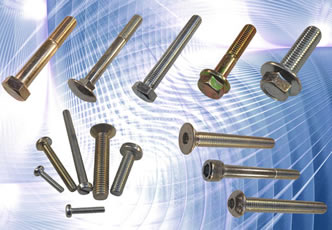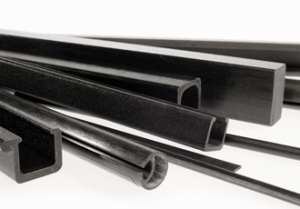So many sizes, so little time for industrial screws

A lot of imperial thread sizes are now either obsolete or trending towards obsolescence prompted by changes in demand patterns from countries like the US who are now drifting towards metric products. This increasing globalisation of metric threaded fasteners does not necessarily mean that all variations are commonly available and it remains important that design engineers are careful in their selection.
Whether metric or imperial it is always advisable to seek advice and avoid either paying premium prices or creating lifetime availability issues.
The team at Challenge (Europe) are well used to this situation and carry extensive stocks of standard sizes of industrial screws, as well as an experience in supply of non-standard sizes, threads, lengths and materials.
Kevin Moorcroft, Managing Director explained: “We find that standard sizes of metric products have grown extensively to compensate for this trend. ISO standards now cover a whole range of products complimentary to old imperial sizes, as well as expanding on the original ranges of metric fasteners, e.g. metric socket head cap screws once only available in 12.9 grade are now offered under the ISO standard in 8.8, 10.9 and 12.9 grades to suit a wider range of applications with varying requirements of tensile strength.”
As you would expect, small diameter screws find applications in areas such as electronic devices, medical equipment and instrumentation, while larger sizes are used in heavy duty applications such as radio masts, large lighting assemblies and machinery.
However, head configuration can have an effect on the size of fastener which can be used. For example, one may wish to use a M6 bolt with a hex head but find conventional spanner access limited, consideration could then be given to the use of recessed drives such as a hexagon (socket) or multiple splined variants. A further alternative is to go to a smaller diameter with an upgrade in material specification, although this may require a greater deal of investigation in order to avoid non-preferred diameters such as M7, M9, etc.
A common failing when at the design stage is to assume that smaller diameter threaded products are available in the same lengths as its larger diameter brethren.
In general terms, the smaller the diameter then the shorter are the commonly available and stocked lengths. Nothing is impossible and specials can be created but these nearly always come at a premium price. The answer is to consult the experts whenever possible.
Similar articles
More from Challenge Europe
- The dangers of Internet specification of threaded fasteners 26th June 2020
- The nuts and bolts of successful manufacturing relationships 16th September 2019
- Custom special threaded fasteners made easy 16th August 2019
- Ex-stock range of metric and imperial threaded inserts available 30th May 2019












Write a comment
No comments